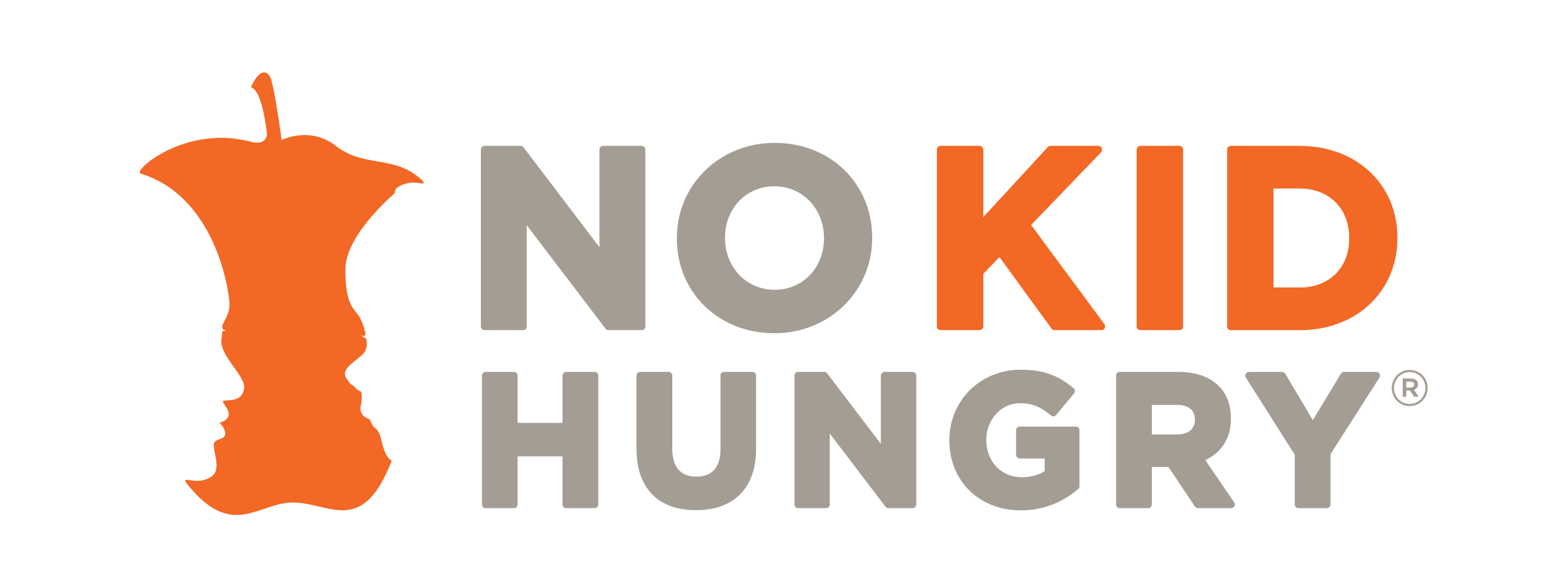The Community Eligibility Provision (CEP) not only ensures that all students can participate in school breakfast and lunch at no cost to them, but CEP can also benefit school nutrition finances. The following strategies are designed to help you maximize the benefits of CEP by improving meal participation rates, increasing your Identified Student Percentage (ISP), and generating revenue with savvy business practices.
Increase Participation in School Meals
Increasing participation in school meals is the key to generating more revenue for your program and making CEP financially viable at any ISP. LEAs have found success employing the following strategies:
• Implement Breakfast After the Bell (BAB). BAB, where breakfast is served as part of the school day using models such as Breakfast in the Classroom and Grab and Go, is effective at addressing access barriers students encounter with school breakfast. The combination of CEP and BAB has been successful at creating the most opportunity for students to participate in the school breakfast program, thereby increasing revenue for the school nutrition department. For additional support, visit No Kid Hungry’s BAB resources webpage.
• Promote your program. Offering free breakfast and lunch to all students is big news – share it! Advertise breakfast on banners, posters, and scrolling marquees around the school. Include information about the program on your school nutrition website, district website, and in student manuals. Promote CEP throughout your community by engaging local press to write news articles, talk on radio shows, and feature CEP on local TV news stations. Send letters from the superintendent or principal to families explaining the new program and its benefits to parents.
• Engage students. Regular student engagement can improve menus, create buzz around school breakfast, and boost breakfast participation rates. Consider doing surveys, taste tests, posting on social media, and connecting students to local farmers. Remember, students are the customers of school meals, and building student buy-in through engagement will only help your program. For survey support, check out Partners for Breakfast in the Classroom’s survey toolkit.
• Incorporate scratch cooking. Students report a preference for hot, freshly prepared meals over prepackaged meals. Where possible, doing more scratch cooking can enhance participation. If meals can be cooked onsite, students are drawn to the cafeteria by the aroma of freshly cooked food and participate more often. For full scratch and semi-scratch recipes, visit the Alliance for a Healthier Generation’s Smart Food Planner.
• Add more points of service. Increased participation could result in increased congestion at points of service. To ensure that students can move quickly through lines and have enough time to eat, consider adding more points of service in your cafeteria at lunchtime or in your hallways if you are operating a Grab and Go breakfast.
• Tally reimbursable meals served to speed up lunch lines. While POS systems provide an accurate and reliable method for counting and claiming meals, under CEP, you only have to track the total number of meals served (as opposed to meals served by fee category). Consequently, some schools favor tallying – on paper or with a clicker – over swiping student IDs or punching in student numbers.
Manual tallying may be a faster solution for schools concerned about how increased participation may slow down lunch lines.
• Require students to eat in the cafeteria. Many schools require students to eat on campus and in the cafeteria, as opposed to providing the option for dining at offsite restaurants. This requirement incentivizes participation in the school meals programs and typically makes for safer school campuses.





